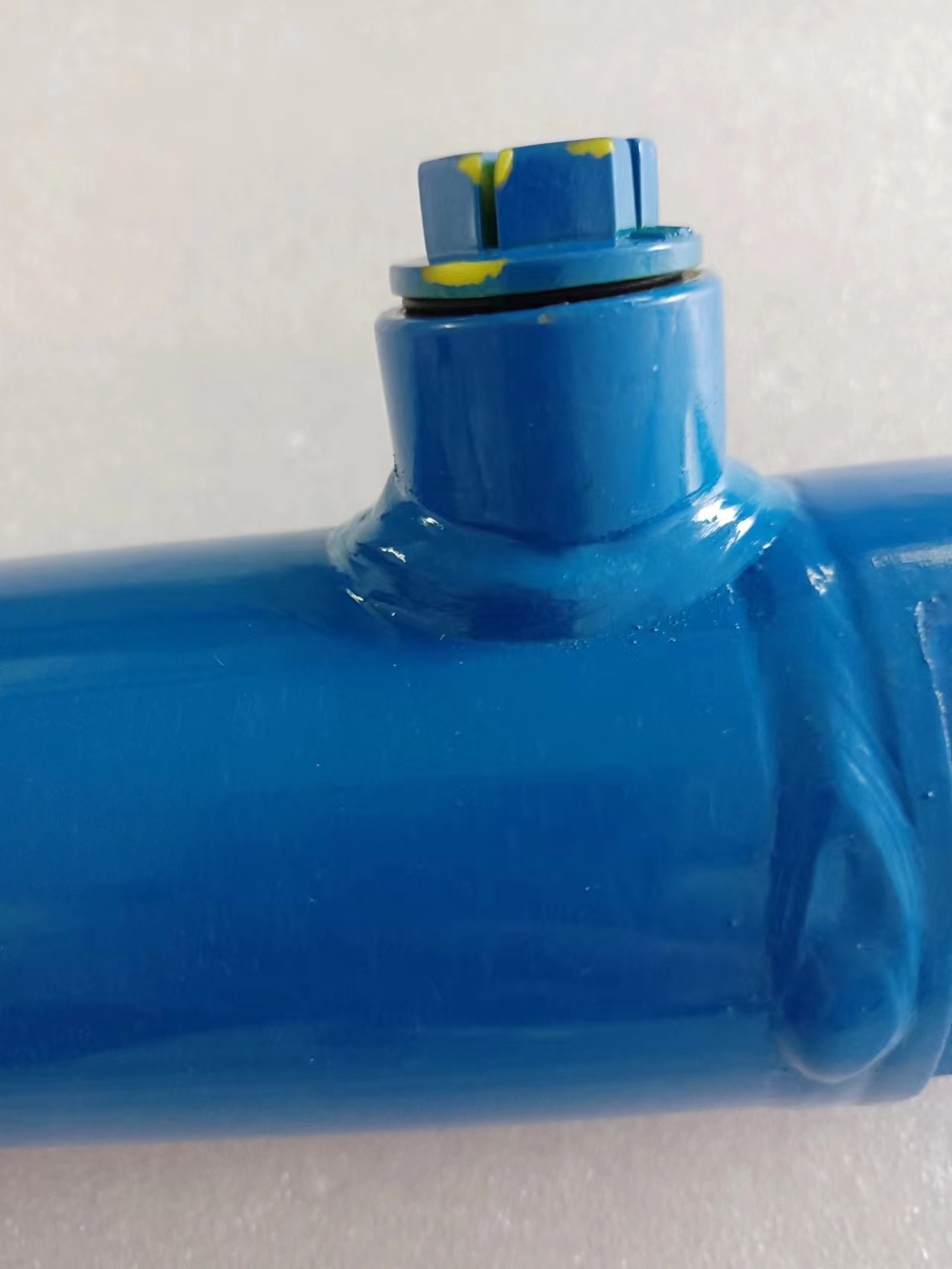Nov . 03, 2024 11:39 Back to list
double acting power unit
Understanding Double Acting Power Units
In the world of industrial machinery and hydraulics, double acting power units play a crucial role in providing efficient power transmission for various applications. These units are designed to generate force during both phases of the piston stroke, allowing them to perform work in two directions. This design not only enhances efficiency but also maximizes the versatility of the systems that utilize them.
A double acting power unit operates by using hydraulic fluid to move a piston in both directions. When hydraulic pressure is applied to one side of the piston, it advances, performing mechanical work. Once it reaches the end of its stroke, the fluid is directed to the opposite side of the piston, which then retracts back to its original position. This continuous motion allows for repetitive tasks without the need for mechanical return springs or other devices, thus simplifying the overall design of the machinery.
One of the primary advantages of double acting power units is their ability to deliver consistent force throughout the entire cycle. This is especially important in applications like molding, pressing, and punching, where precise control of force is essential for product quality and consistency. By utilizing hydraulic energy effectively, these units not only optimize power output but also reduce the energy consumption of machinery.
double acting power unit

Additionally, double acting power units are highly adaptable to various industrial settings. They can be integrated with electronic control systems, allowing for automated operation and increased precision. This capability makes them ideal for use in modern manufacturing environments, where robotics and automation are becoming increasingly prevalent. The incorporation of sensors and feedback loops in conjunction with these power units can lead to significant enhancements in operational efficiency.
Maintenance of double acting power units is straightforward, primarily due to their well-sealed hydraulic systems. Regular checks of hydraulic fluid levels and occasional replacement of seals can ensure their longevity and operational reliability. However, it’s vital to monitor for signs of wear or leaks, as these issues can lead to diminished performance.
In conclusion, double acting power units are instrumental in modern industrial applications, providing reliable and efficient power solutions across a multitude of sectors. Their ability to function effectively in both extensions and retractions simplifies mechanical designs while enhancing overall productivity. As industries continue to evolve, the demand for such advanced hydraulic solutions will only increase, highlighting the importance of understanding and utilizing double acting power units in machinery design and operation.
-
Fork Lift Power Units - Hebei Shenghan | Efficiency, Reliability
NewsJul.13,2025
-
1.5-Ton Turbocharged Cylinder-Hebei Shenghan|Hydraulic Solution,Energy Efficiency
NewsJul.13,2025
-
Auto Hoist Power Units-Hebei Shenghan|Efficiency&Industrial Lifting
NewsJul.13,2025
-
Double Acting Power Units-Hebei Shenghan|Hydraulic Solutions,Industrial Efficiency
NewsJul.13,2025
-
1.5 Ton Lifting Cylinder 70/82-40-290-535 - High-Performance Hydraulic Solution | Hebei Shenghan
NewsJul.13,2025
-
Fork Lift Power Units - Hebei Shenghan | Efficiency&Reliability
NewsJul.13,2025
